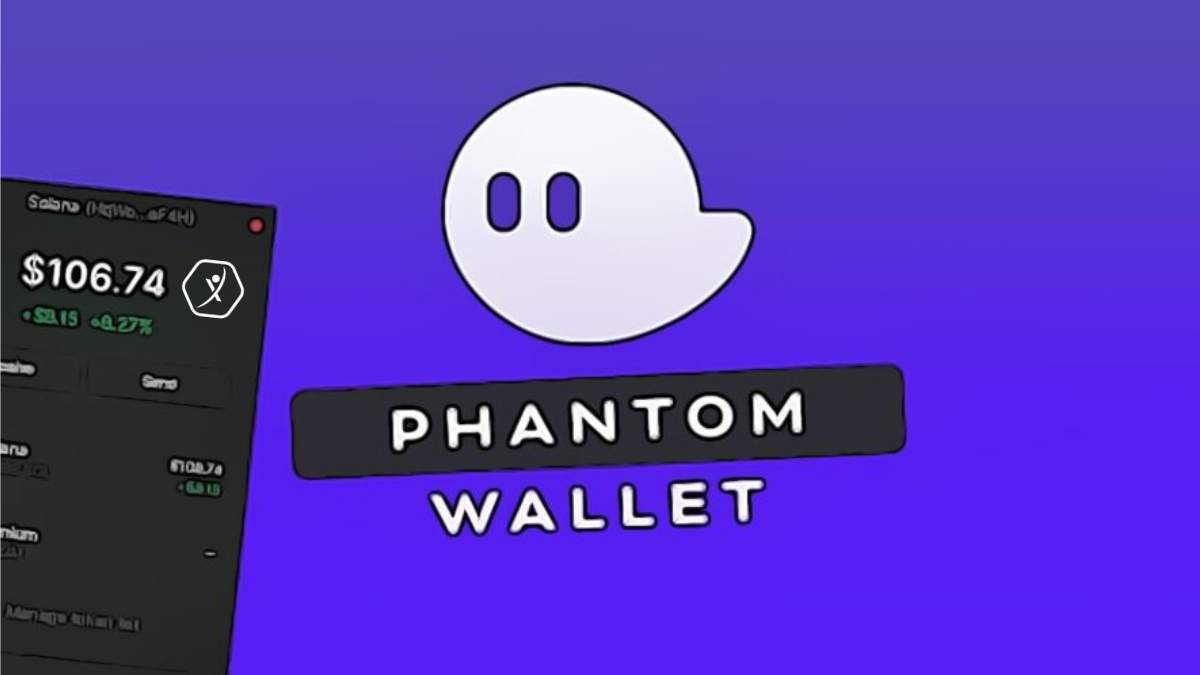Why Air-Gapped Desktop Wallets Matter — Practical Backup & Recovery for Real People
Whoa! This is about air-gapped desktop wallets and why they feel different. I got curious after a friend nearly lost a small stash to a sloppy backup. At first I assumed that “air-gapped” was just crypto-speak for unplugging your device, but once I dug into how desktop apps interface with offline signers and how seed material can be exposed through careless backups, I realized the nuance is deeper and more technical than the headline term suggests. Let’s walk through practical, real-world ways to make backups safe without turning your life upside down.
Seriously? Here are the problems I see all the time. People treat seed phrases like passwords on sticky notes. On one hand you want convenience—quick desktop restores and easy testing—but on the other hand every convenience creates an attack surface: cloud backups, keyloggers during desktop restores, compromised USB drives and even accidental photos of your recovery phrase. My instinct said: treat backups like evidence, not trivial backups.
Hmm… Air-gapped security means removing network paths between signing keys and potential attackers. A true air gap stops remote exploits cold. But the reality is that most usable solutions combine an air-gapped signer with a desktop app that prepares unsigned transactions, because users need a comfortable interface to manage portfolios, and bridging these two safely requires careful workflow design and better user education than most apps provide. I’m biased toward methods that minimize human error.
Okay, so check this out— Start by choosing your threat model. Are you protecting against theft, state actors, or accidental loss? Initially I thought a single offline device kept in a safe was sufficient, but then I remembered a family who lost access when the device failed and there was no trusted recovery plan — so actually, wait—let me rephrase that: a single safe device is a good anchor, but backups that anticipate hardware failure and human error are essential. That means thinking about redundancy without creating more attack vectors.
Wow! Use cold storage for signing and a separate online desktop app for management. Keep raw seed phrases off any networked device. For backup recovery I recommend layered backups: an air-gapped encrypted file exported to an offline medium, a physical metallized seed backup stored in separate locations, and a tested recovery check using either a secondary benign wallet or a simulator — though actually, test restores are the thing most folks skip and that omission bites later. Yes, testing feels scary. Do it anyway.

I’m not 100% sure, but hardware wallets add a helpful boundary by signing transactions inside a sealed element. Desktop apps act as the convenient UI that people prefer. On the downside, desktop apps that promise “automatic backups” can secretly upload metadata or even encrypted blobs to the cloud, which becomes a single point of failure if the encryption key is derived or if there’s implementation error — so my advice is to vet any desktop client carefully, read the backup flow, and prefer open-source or audited solutions when possible. Here’s what bugs me about most onboarding flows.
Really? They rush users through seed generation. They use phrases like “store safely” without specifics. Something felt off about the assumption that users will memorize long word lists; instead, designers should provide clear, testable, low-friction recovery drills — for example, guide a user through restoring a dummy account on a second device so they learn the steps before they need them for real. Oh, and by the way… write your plan down somewhere secure.
Here’s the thing. Layered recovery plans reduce single points of failure. Use both digital and physical redundancies. If you decide to combine a desktop app with an air-gapped signer, document every step: how the unsigned tx is exported, how the signer imports and signs, how the signed tx returns to the app, and what backup format you used for the recovery material — this clarity helps during a crisis when hands shake and memory fogs. One practical tip: encrypt backup files with a strong passphrase and split that passphrase across trusted people or devices via multi-party custody if your holdings justify it.
I’m biased, but metallized backups resist fire and corrosion. Digital encrypted blobs resist casual theft. On the other hand, combining both types invites complexity, so pick a plan you can realistically execute, practice it yearly, and document who has what and under what conditions they may act—this is often overlooked by hobbyists who think they’ll remember everything until they don’t. Also, isolate recovery rehearsals from your main funds; practice in sandbox mode or with tiny amounts first.
A quick note. Watch for supply-chain risk with hardware devices. Buy from reputable sources. If you ever use a popular combination like an air-gapped signer plus a widely-used desktop companion, double-check firmware hashes and prefer vendors who publish reproducible builds and firmware checksums, and if you want a place to start researching reputable wallets see the safepal official site for one example among many to evaluate. Don’t treat that as an endorsement; do your own vetting.
Quick story. Someone I know stored a seed phrase photo on Google Photos. They lost access after an account compromise. That incident taught me to favor either true air gaps or at minimum encrypted backups with keys kept offline, and to practice recovery in a way that doesn’t expose secrets to cloud services or casual viewers — the human factor is 80% of the problem in my experience. Plan for heat, theft, and forgetfulness.
Final thought. Security is a human workflow, not only a device. Keep it simple and testable. Initially I thought that perfect secrecy was the only goal, but after years of watching people stumble I realized that resilience — the ability to regain access after mistakes, disasters or tech failure — is as valuable as secrecy, and good design trades off pure security for recoverability in smart ways. So build a backup routine you can actually follow.
FAQ
What’s an easy first step for someone new?
Start small: set up a hardware wallet, write the seed on a paper, then upgrade that paper to a metallized backup and practice a recovery with a secondary device; do it with tiny funds first so you get comfortable without risking everything.
How often should I test recovery?
At least once a year, or after any change in hardware or custody arrangements; testing helps you catch mismatched versions, forgotten passphrases, or procedural gaps before they become disasters.





























 - Entries
- Entries